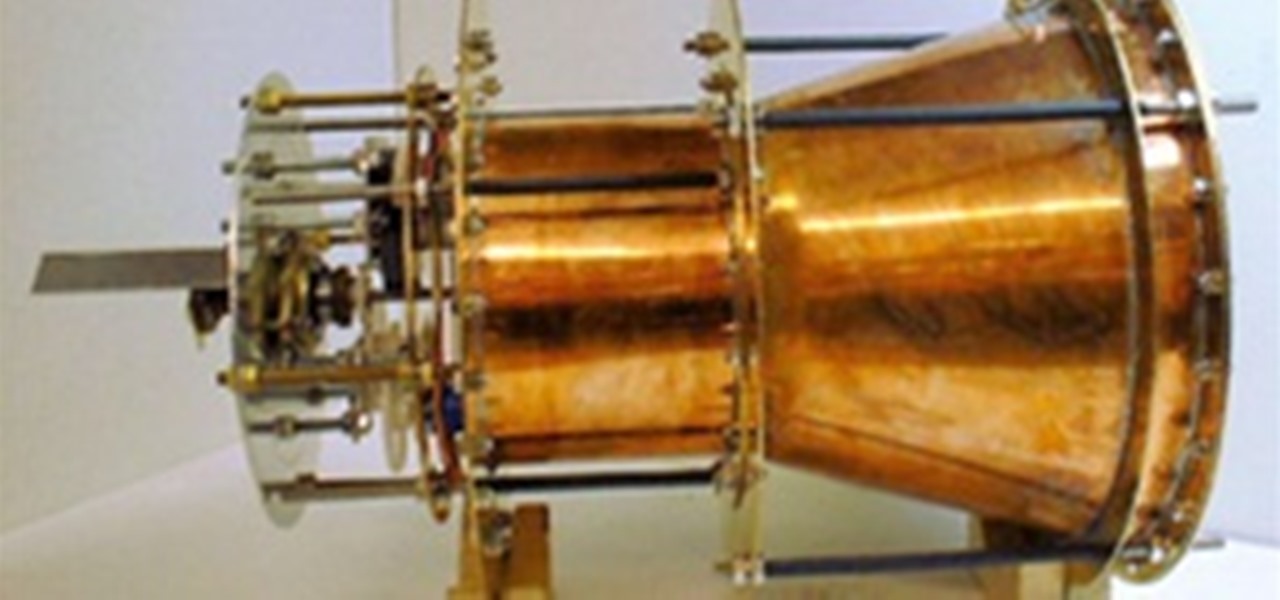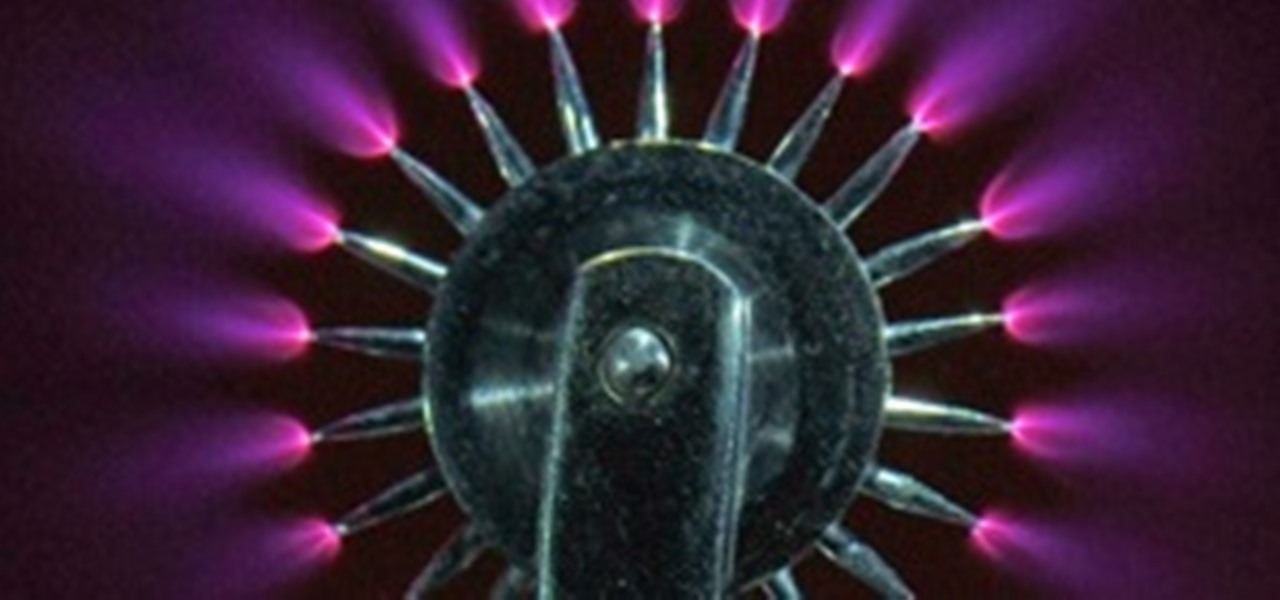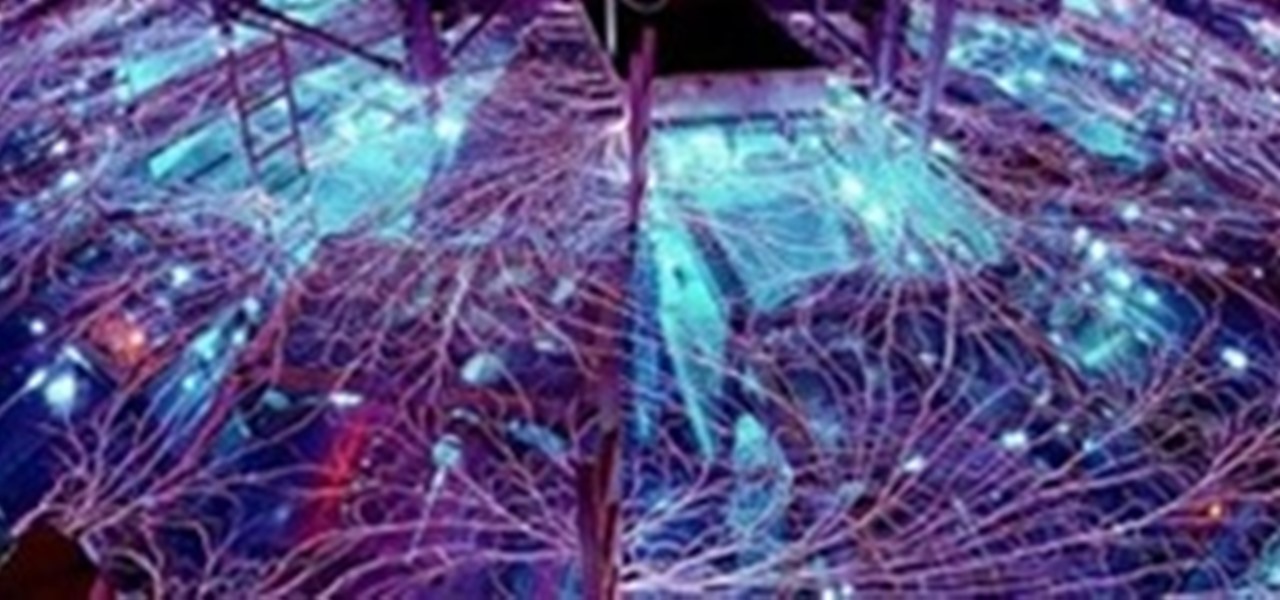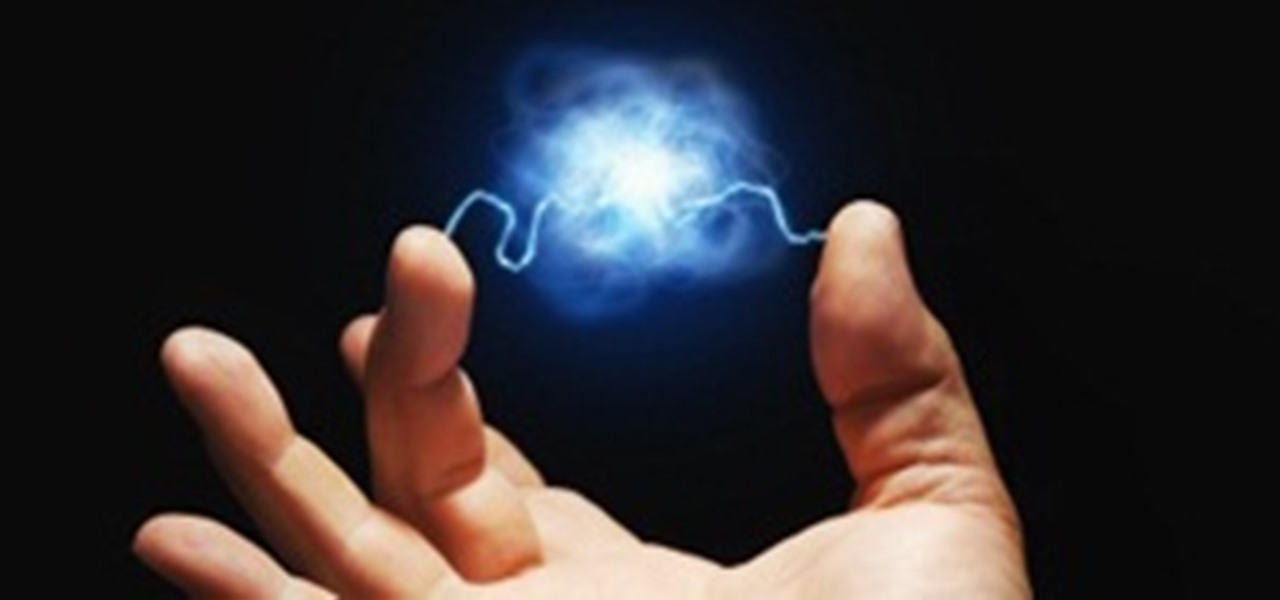Hot Fear Of Lightning Posts

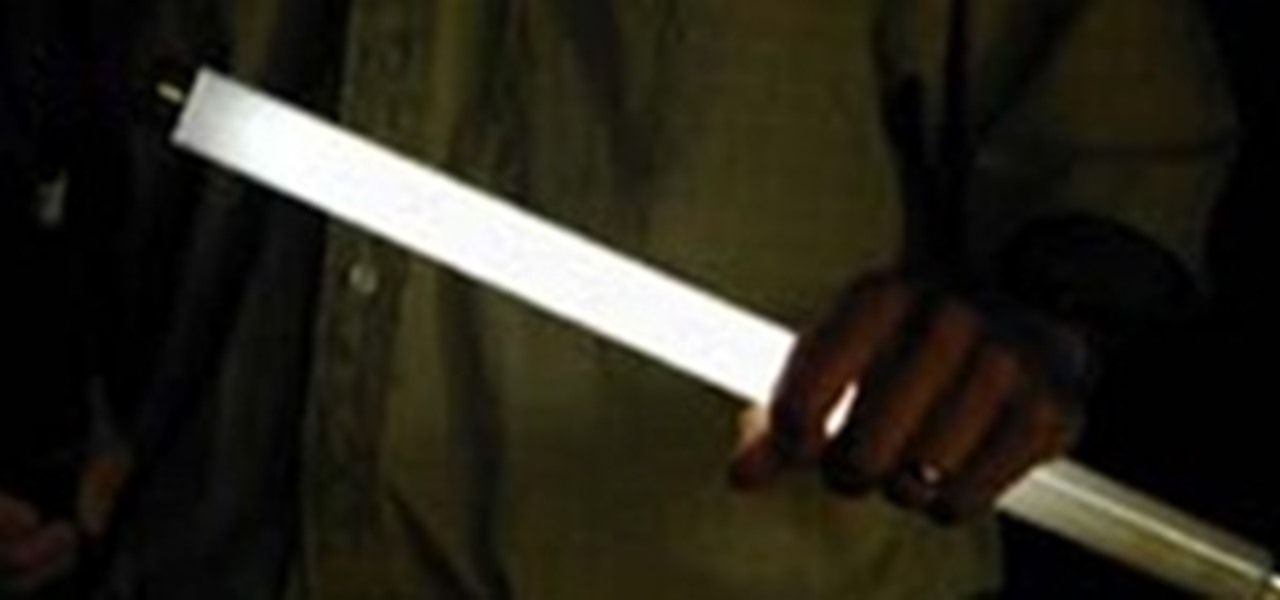
Master the Power: How to Make Fluorescent Tubes Glow with Your Bare Hands
I'm sure most everyone has some kind of fluorescent light source in their home; those long white tubes that emit a bright white light when turned on, or maybe a few of the CFL power-saver bulbs. These bulbs actually require very little "power" (i.e. a high voltage:almost no current ratio) to emit light. In fact, static electricity is enough to make them flicker. Inside these tubes is a gas, and when electricity flows through that gas, it gets "excited" and produces light.
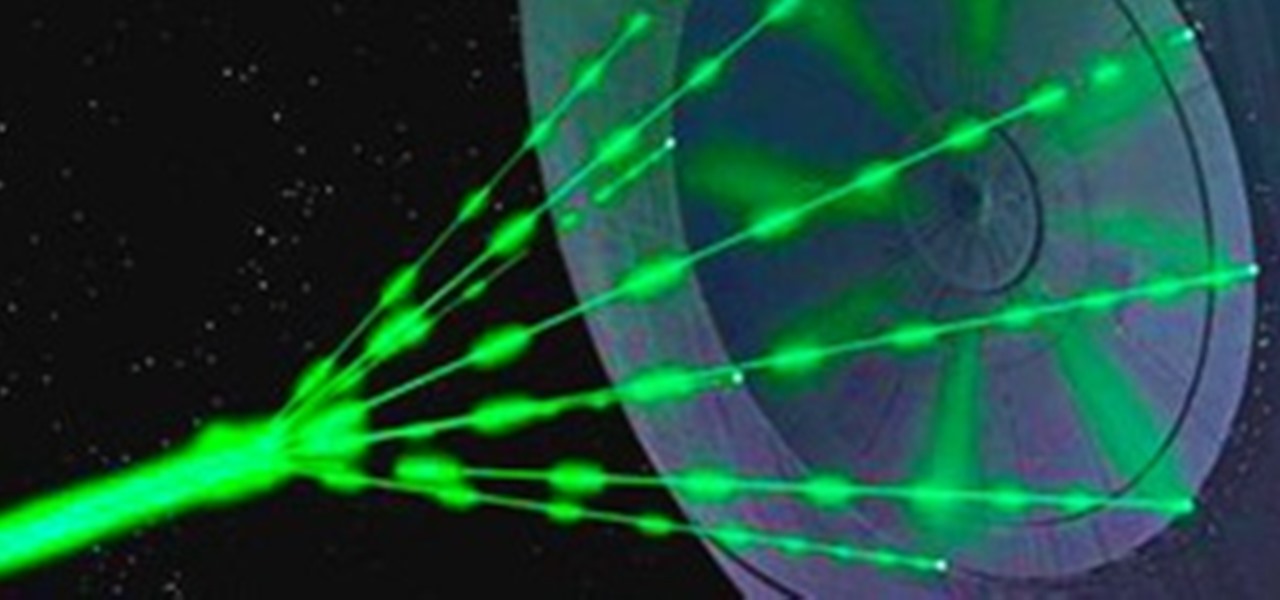
Making Electromagnetic Weapons: Lasers, Part One
In this series on weaponized lasers, I'll be exploring the function, operation, strength and building instructions for three basic laser weapons; CO2, Diode, and Flashlamp. These laser types are just a few of many, selected because of their simplicity and basic construction (depending on your experience).
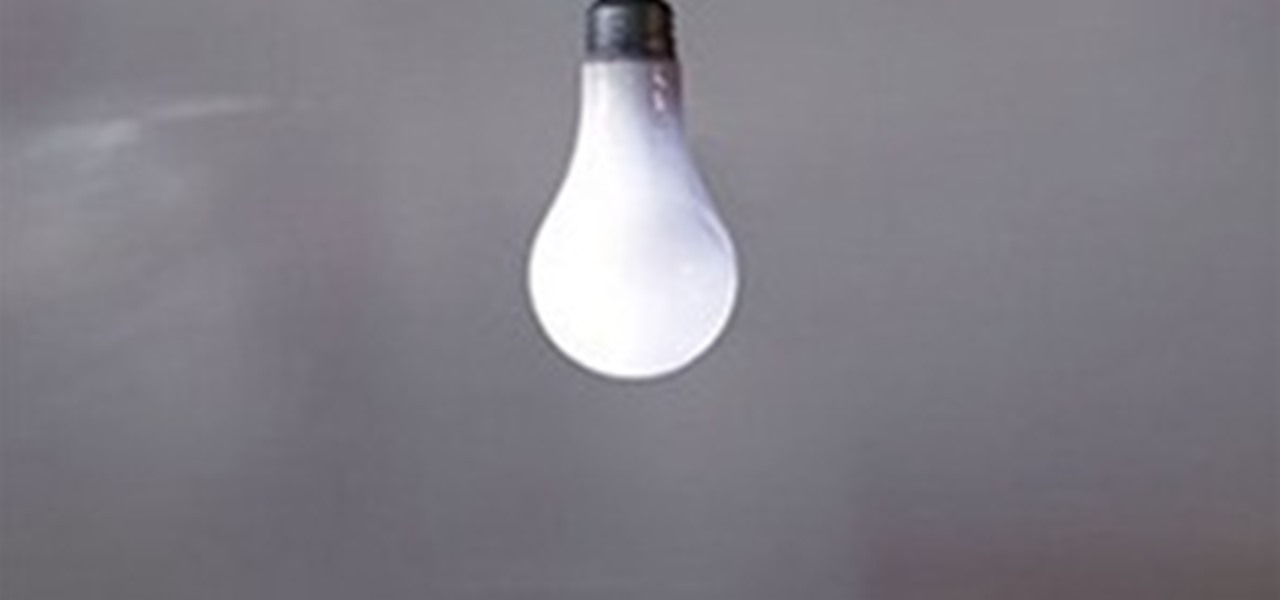
How To: Build a Wireless Energy Transfer Array to Power Light Bulbs Without Plugging Them In
In this article, I'll show you how to built a Wireless Transfer of Energy Transmitter. Simply put, this device will send electricity to a florescent light bulb and light it up, from up to three feet. The idea originally (at least, prominently) came from Nikola Tesla (read more about this amazing inventor here), who used his Tesla coils to transfer wireless energy to light bulbs in demonstrations (photo below). However, the circuit described in this article consists of a flyback transformer, n...
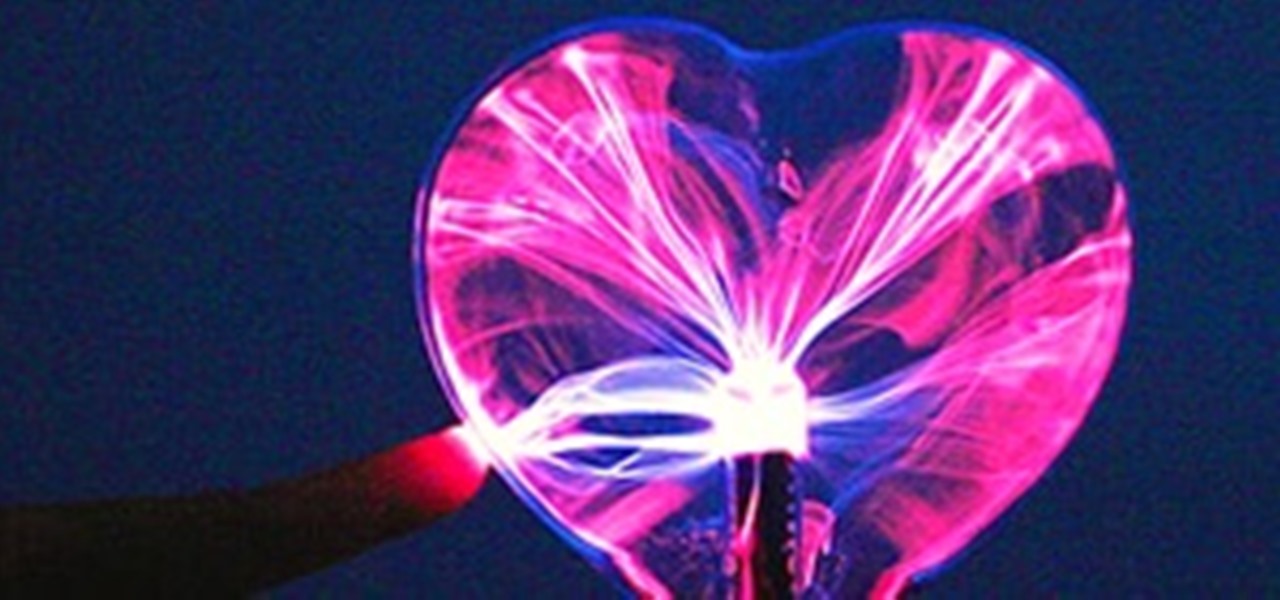
News: 5 Electrifying DIY Valentine's Day Projects to Score the Nerd Next Door
Valentine's Day is almost here, and if you're like me, you're scurrying to do something special for your mate. The standard chocolates and flowers just isn't cutting it anymore, and you can only make so many homemade cards before it becomes banal and meaningless. So, what can you do that shows you put some work into it, while not breaking the bank?

How To: Make a Simple Touch-Triggered Transistor Relay
In this article, I'll show you how to make a simple touch-triggered switch. This is very useful for various electronic projects, from a simple bedside light to a flat panel touch keyboard. The circuit can vary in switching power depending on the transistors you use. For example, if you're looking into creating a 120V light that turns on when touched, you'd need two powerful transistors and an isolation relay. However, a simple flashlight that turns on when touched would only take a couple of ...

How To: Electron Spirographs with a Cathode Ray Tube
In this article, I'll be showing you how to make a cool visual representation of sound using an old cathode ray tube (CRT) television, a stereo, and a sound source. You'll also need a pair of wire cutters, and a few screwdrivers. To properly understand this project, it's a good idea to learn a little bit about how CRT TVs work. Check out this article on how they work.
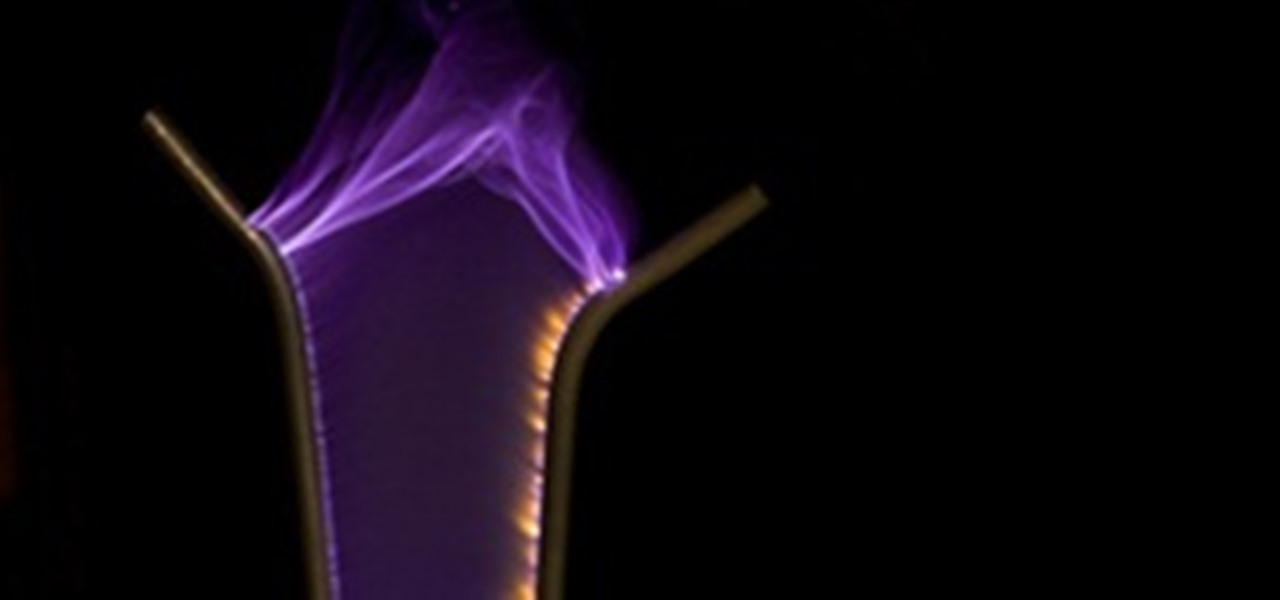
How to Make a Jacob's Ladder: Chained Lightning
In this article, I'll show you how to create a simple yet accurate demonstration of the "rising ionized gas" principle. In other words, a transformer, two metal prongs and lots of evil laughter. Remember those large "towers" in the background of Frankenstein movies with a "lightning bolt" rising upwards every few seconds? That's called a Jacob's Ladder; one of the coolest awe-inspiring demonstrations of high voltage. Here's a video of the final product: Materials and Tools
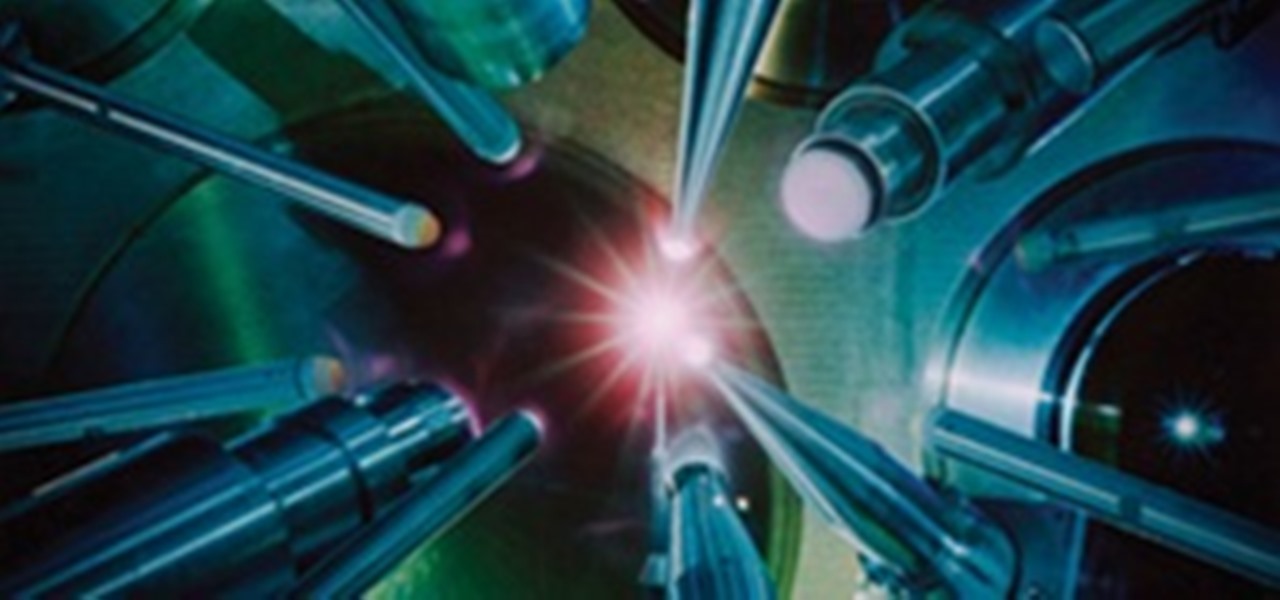
National Ignition Facility: Big, Giant Lasers of Doom... Or Endless Energy?
National Ignition Facility

News: Butane Combustion High Voltage Capacitor Launcher
Here's a little gadget I made based on the concept of a potato launcher, a stungun, and a dart gun. The gun uses an explosive gas (butane) to launch a charged high voltage capacitor at a target. The gas is ignited by a small spark, created by a pulse transformer. The trigger automatically fills the combustion chamber with the correct amount of gas, then ignites it with the pulse transformer. The result: a long range stun dart gun.
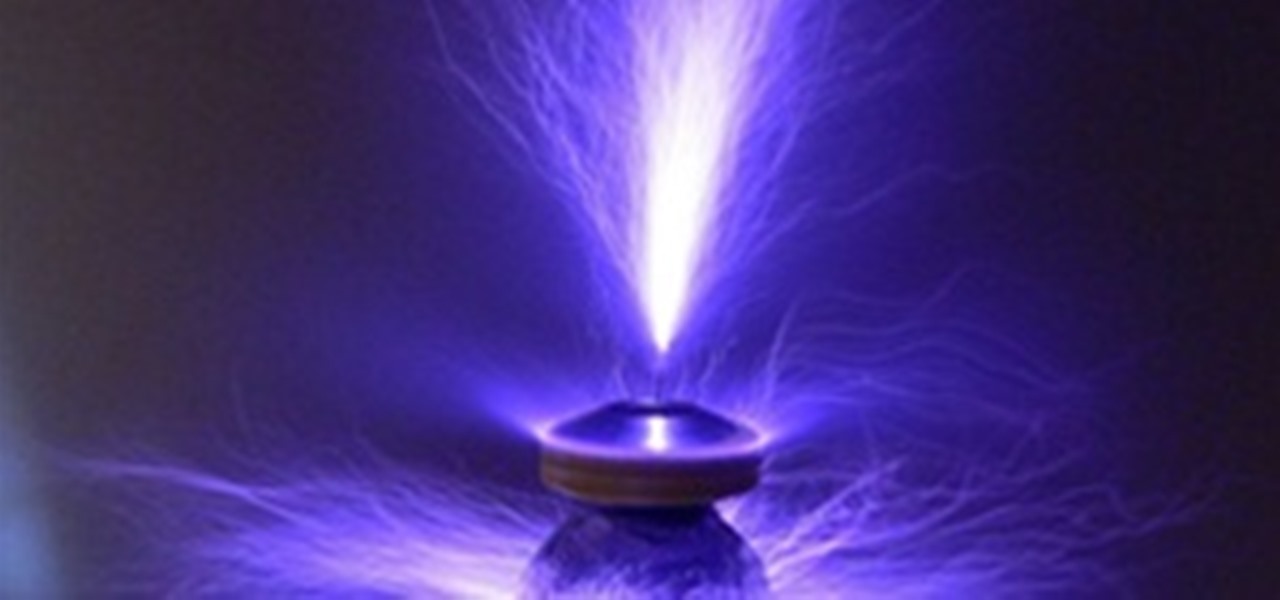
News: Tesla Coil Music!
Tesla coil music, a method of modulating the frequency of a Solid State Tesla Coil to produce music. The result is an amazing lightshow of electricity, paired with music!
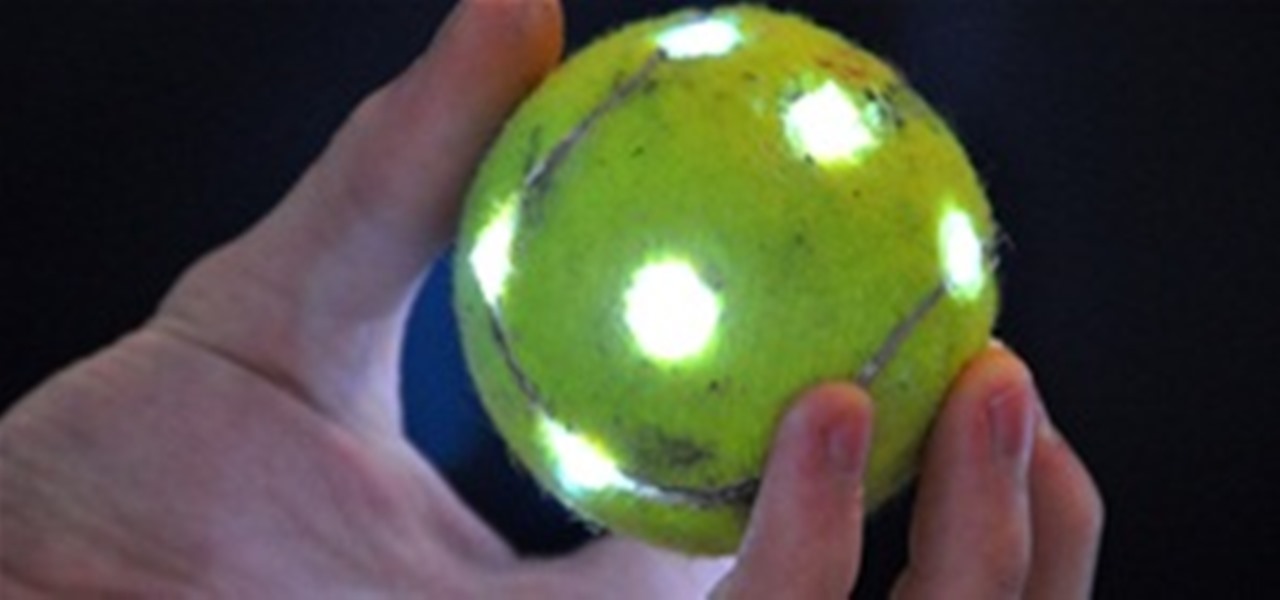
How To: Make a Glowing Orb with a Tennis Ball & LEDs
In this article, I'll show you how to make a glowing orb. The orb is a fun, round flashlight useful for lighting your path in a magical way. Consisting simply of LEDs, a tennis ball, a battery and a switch, it's a great simple project for beginners with electronics. Here's a video of it in action: Tools and Materials
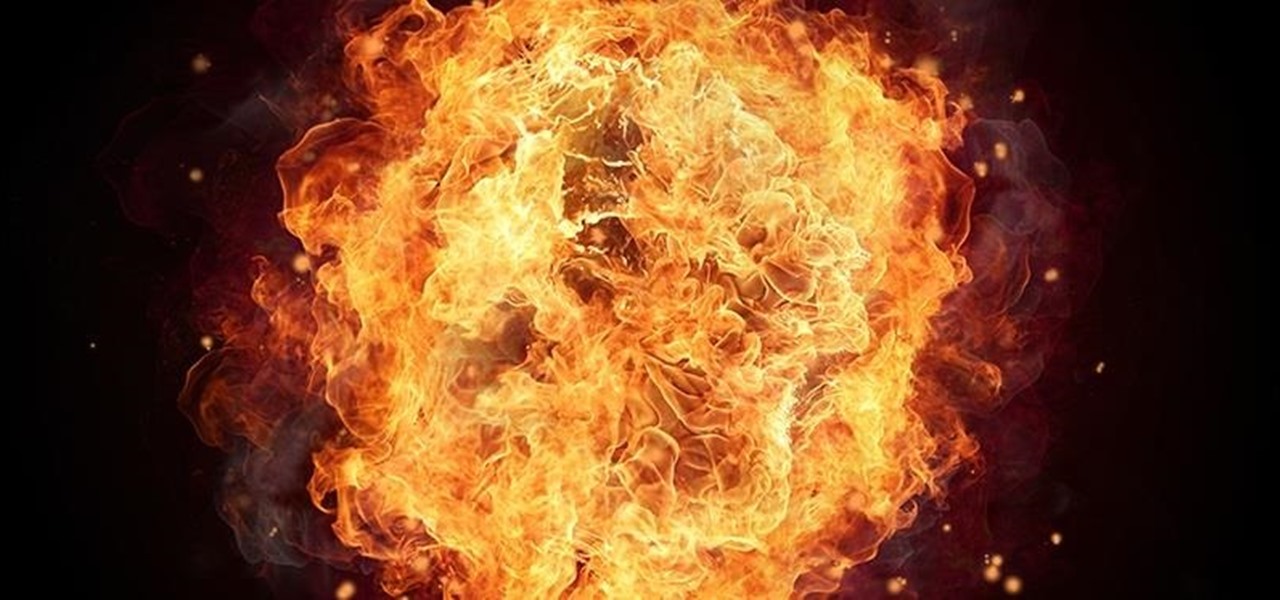
How to Make Propane Bubbles: Fire You Can Hold
You must ONLY conduct this experiment if you are experienced in using combustibles and understand the risk. Fire is very dangerous and can seriously burn you. Seems harmless at first, but believe me, these are bubbles turned evil. When ignited, the bubbles pop almost instantly, and all the propane is released in a huge fireball.

News: Making Sound Sculptures with a Speaker and Cornstarch
Posted below is an interesting video on the effects of low frequency square waveforms on cornstarch. To make, simply mix cornstarch and water, then place on a large speaker hooked up to an amplifier and a signal generator (generating around 20-30 hertz). An old stereo works great, as long as it has an aux-in. There is lots of free signal generating software at arms length, like this one. I found adding a little olive oil into the cornstarch mix makes it easier to handle, and contributes to th...
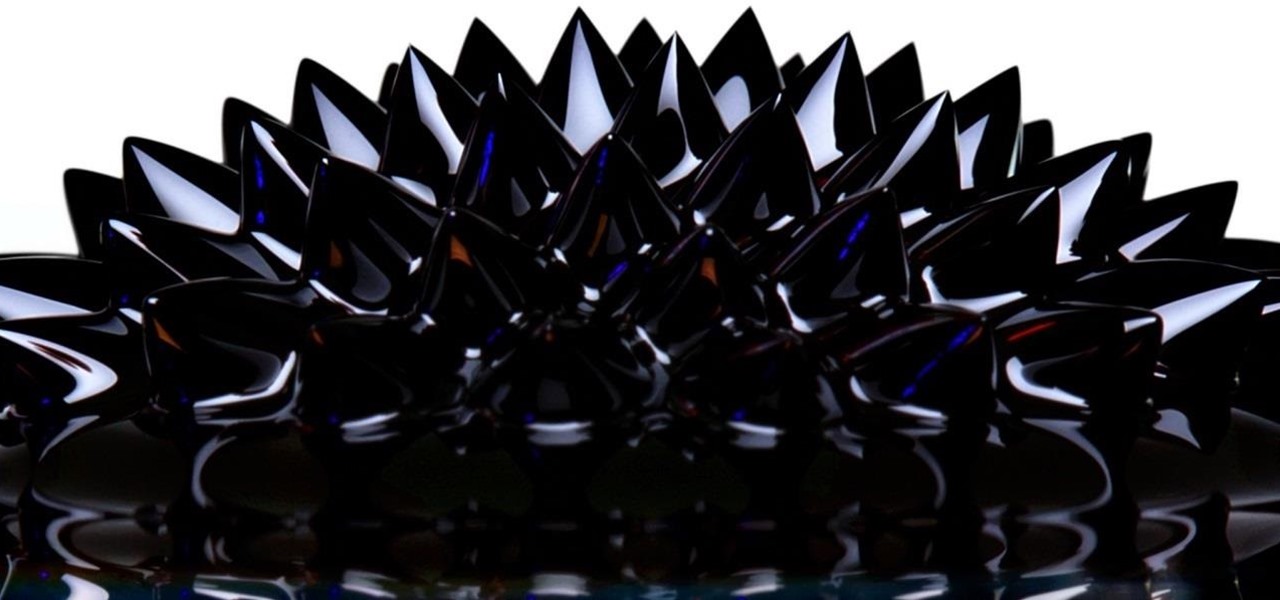
How to Make Ferrofluid: The Liquid of the Future
What Is Ferrofluid? Ferrofluid is a black, solvent-based liquid, that, in the presence of a magnetic field, becomes strongly magnetized. The fluid is made up of nanomagnetic particles coated with an "anti-stick" or surfactant compound, suspended in a "carrier", commonly an organic solvent. For mechanical applications, it is used in hard drives and speakers as a lubricant. However, it also has been implemented in artwork, as seen in the video below.
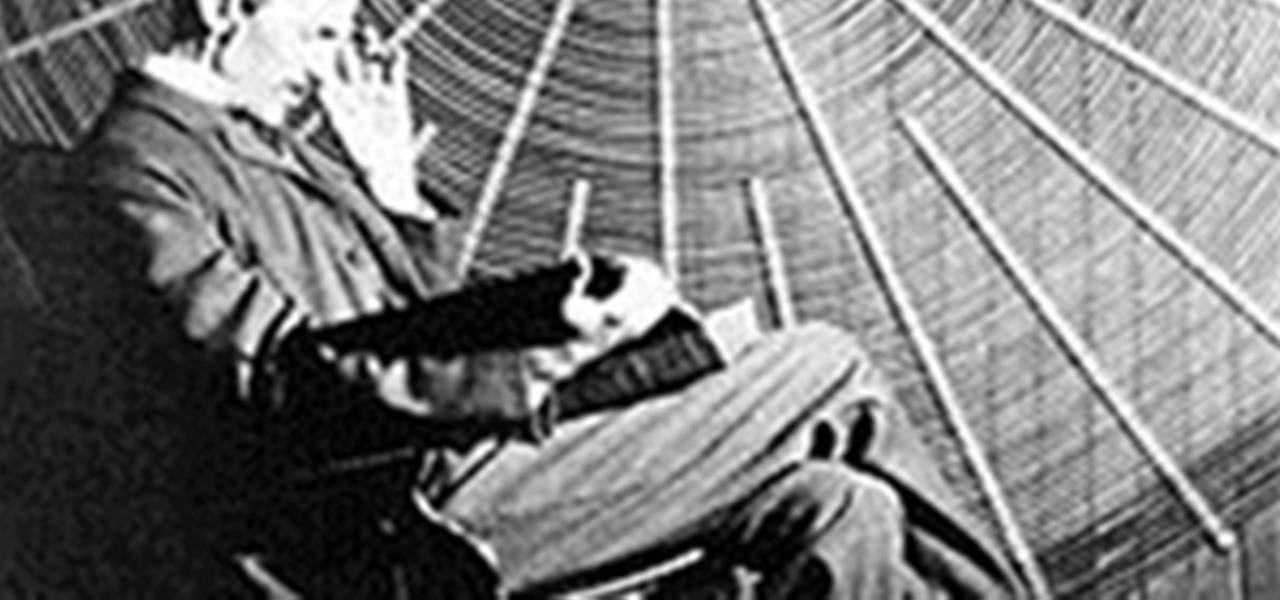
Understanding Electricity: Nikola Tesla
Nikola Tesla In my opinion, one of the most neglected inventors of all time. The names Edison and Marconi come to mind as familiar, but Tesla? Most think of a car. Few know that Tesla is responsible for alternating current, florescent lights, radar, remote control, generators that preform efficiently, the spark plug, and many others. The U.S Supreme Court declared in 1943 that Tesla, not Marconi, was the true inventor of the radio.




